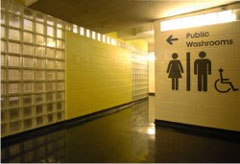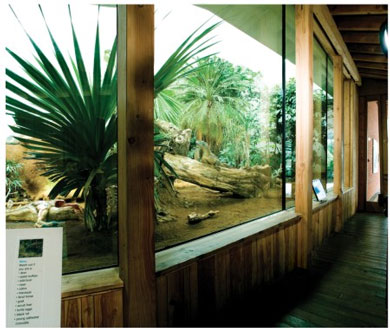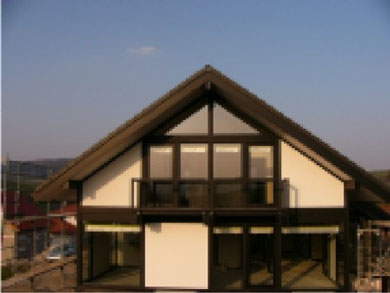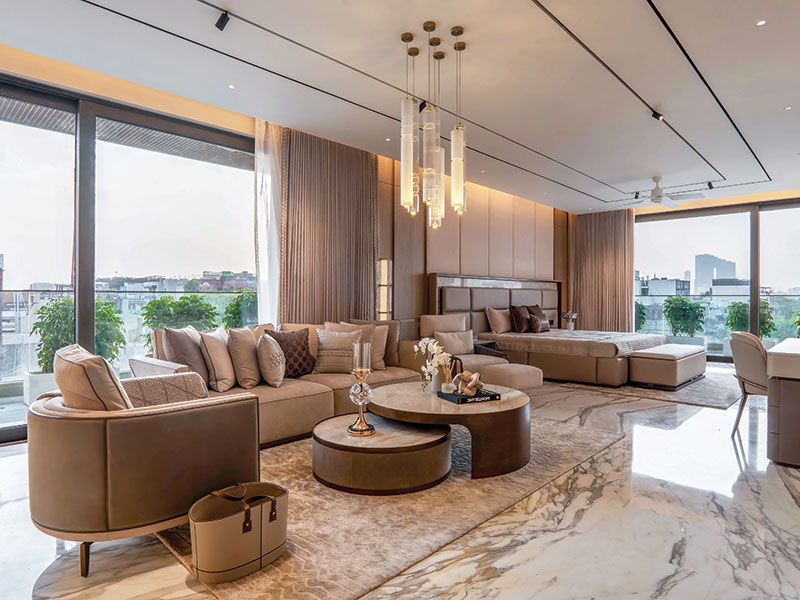Technology is changing the shape of things everywhere and architectural glass and glazing is an area of building construction where this change is very apparent. In no other aspect of architectural design has technology played such a life-changing role. The pertinent fact is that other than aesthetic improvements, glass technology has improved safety and quality of life several times over. Let us take a look at some defining trends for the year.
Beyond clear coatings
For the past few years, architects worldwide had been showing a distinct preference for clear coatings that provided the advantage of cutting off heat and maximizing daylight while avoiding colored tints that were considered unfashionably passé. However, the major disadvantage offered by clear coated glass was that of the complete transparency it offered, making buildings open to outside viewers. Blinds and shades used to cut off glare and restrict vision became aesthetic diversions rather than welcome elements, and architects began to tire of clear coated glazing.

The next generation of glazing products called hybrid coatings are the next preference. Hybrid coatings, while offering all the desirable qualities of solar control and high levels of light transmittance, also have a light, crisp shine or subtle reflectivity that provides a uniform appearance, improve occupant privacy and comfort and reduce interior glare. A single coating that offers transparency and privacy, thermal and solar characteristics is a boon. For architects working in a temperate climate, these coatings have eliminated the need for insulated glass units as they reduce energy inefficiency to a minimum.
These hybrid coatings are available in clear glass as well as tints, offering wide flexibility. Bronze and gray are the latest favorites for colored tints as opposed to the blues and greens of the 90s. Because tints are preferred in light tones, architects can use bronze and gray without compromising on the natural look that blues and greens achieve.
Futuristic options
Already being seen in automotive glass, the ultimate answer to glare control is electrochromic glazing, which allows the user to control the amount of light entering the space through a simple nob or dial. The amount of light entering the space can be controlled from 4% to as much as 40% as of now. Scientific advances will soon allow this kind of control for architectural spaces as well though at a considerable expense. The application would be particularly useful for meeting rooms and hospital ICUs, e.g., where light control is a priority.
Glass floors
Glass for interiors has taken a new meaning with the use of glass floors becoming popular. This is done by the use of what is known as heavy glass. This is a glass of thickness upwards of 1 inch that is also laminated for extra strength. Floor slabs, stairs, partitions, and entryways can be fabricated from heavy glass to achieve a stunning effect. More properties like sound control and fire safety can be introduced through the use of special interlayers during the lamination process. In India, such specialized uses of glass are rare because of the expense and expertise involved. However, the Indian fabricators are already designing and executing heavy glass interior fabrication for clients in Europe and the United States.
Anti-reflective glass in larger sizes
New technology to manufacture anti-reflective glass, has removed limitations on the size and architects can now use large-sized glass without resorting to multiple frames. Today, manufacturers can provide sizes up to 96 by 120 inches or more.
Extra clean glass
Keeping the glass clean has always been a problem but today, self-cleaning glass that looks like traditional clear glass has a special chemical surface is gaining popularity worldwide. The chemical has a photocatalytic effect in which the surface reacts to the sun’s ultraviolet light to continuously attack, loosen, break down, and get rid of dirt and other organic matter. The other effect, hydrophilic, causes water on the glass to sheet and rinse away dirt, rather than streaking and leaving water spots. Researchers are beginning to imply that the coating also positively impacts indoor air quality. If this is proved, self–cleaning glass might see a definite spike in usage.
Re-emergence of patterned glass
Looked at with a slight disdain in the 90s, patterned glass has made a huge comeback in the new century. In India, where embellishment has always been a preference, new types of patterned glass have emerged as the designer’s answer to a long-said prayer! The biggest advantage of patterned glass is its ability to combine.
Sound reduction
An unlikely advantage not normally associated with glass, the new interlayers that deaden sound make glass one of the most insulating materials around. For the last decade, glass experts have been advocating double glazing or insulated glass units to provide sound insulation in windows. But now, new interlayers built into laminated glass offer better sound insulation without needing the thickness of an IG unit. Saflex, S-LEC® Multi-Layer Technology, and new technologies from Dupont and Trosifol are making this possible.
Frequency-Selective Solar Glazing System
A new glazing technology that achieves reduction of absorbed energy in automobiles and buildings is doing the rounds. This technology is able to trap heat in solar-thermal collectors. The new glazing blocks convection, provides a frequency-selective radiation barrier, reduces energy loss to the environment, and results in energy savings by decreasing cooling loads. The improved glazing can easily be manufactured using current technology and represents a substantially new product for the glazing scenario.
Energy-efficient glazing
Glazing is not to be left behind in the world-wide quest for sustainable living. Windows, which are normally thermal holes and in an average home cause 30% loss of heat or air-conditioning energy, are being replaced by energy efficient options. Energy-efficient windows save money every month. The payback period for selecting energy-efficient units ranges from two years to ten years. In new construction, their higher initial cost can be offset because you’ll probably need a smaller, less expensive heating and cooling system. More durable windows may cost less in the long haul because of lowered maintenance and replacement cost.


















